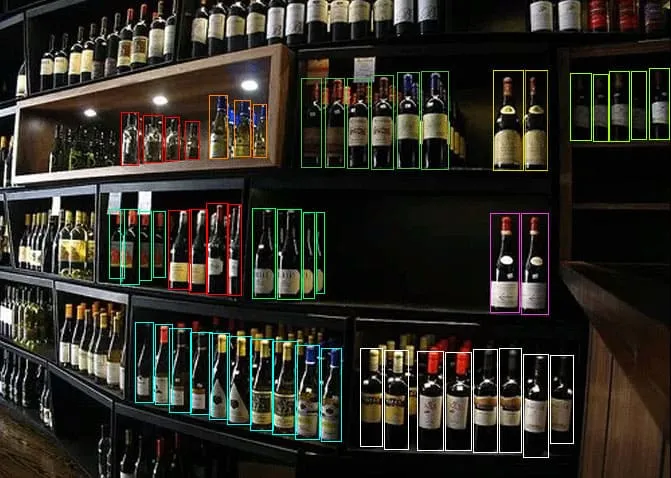Industries We Serve

Data Annotation Services for Retail and E-Commerce Industries
Annotation services are being leveraged in the retail market to build and train AI models to facilitate different retailed focused scenarios, such as product recognition, inventory control, customers experience optimization, and tailoring marketing to suit customers.

Annotation techniques used for Logistics industry
1. Product Recognition and Categorization
Image Annotation: Tagging images of products for computer vision models to be able to identify types of products, colors, sizes and other features. This helps in automating the product recognition for the e commerce platforms, so that the customers can search and also filter items precisely.
Bounding Boxes and Semantic Segmentation: Annotating certain parts of product images (e.g. shoes, clothing) is to help AI distinguish between different products or product attributes in the same images.
2. Inventory Management & Shelf Monitoring
Object Detection: Placing labels on shelves and products, for real time monitoring of stocks levels by systems. Then the products can be recognized by AI. So, the system would know when products need to be reordered or are misplaced.
OCR (Optical Character Recognition): Annotating text on labels, barcodes, or product packaging to read and process information about stock by the AI systems quickly.
3. Customer Sentiment Analysis
Text Annotation: Determining sentiments (positive, negative, neutral) of the customer reviews, social media mentions of product and feedback of product. This in turn enables retailers to determine the level of satisfaction of their customers and offers ways to enhance the retailers’ service offerings.
Entity Recognition: Key terms like product names, customer concerns or features in the feedback, which can really give some actionable insights to retailers to improve their product.
4. Visual Search & Augmented Reality (AR)
3D Object Annotation: Labelling 3D models of products for use in AR applications — so customers can try on clothes in AR or see how a product might look in their home.
Keypoint Annotation: Marking points on clothes or on other items to assist AI to better comprehend shapes and suit in virtual try-ons.
5. Fraud Detection and Loss Prevention
Video Annotation: Analysing security camera footage to train AI models to spot theft, suspicious activity, or policy violation inside retail stores.
6. Personalize Your Marketing & Recommendations
Behavioural Data Annotation: Labelling behaviours, purchase history and preferences on the customer to improve the product recommendation algorithms and personalize the marketing campaigns.
Sentiment and Intent Annotation: In identifying buying intent of the customer from their browsing patterns or interaction patterns with online customer support.
7. Chatbot Training
Natural Language Processing (NLP) Annotation: Helpfully labelling customer service conversations to train chatbots to learn what the customer is asking and respond appropriately all the while enhancing customer support systems.
Benefits of Annotation in Retail Industry:
- Improved Automation: More accurate and faster product identification and categorisation.
- Better Customer Experience: There are three areas in which using QR codes can improve a brand’s product search, personalization, and in the interaction with customers.
- Optimized Operations: To improve inventory management and to decrease loss.
- Increased Sales: Product recommendations tailored to fit a buyer’s interest and targeted marketing most suitable for that buyer.
